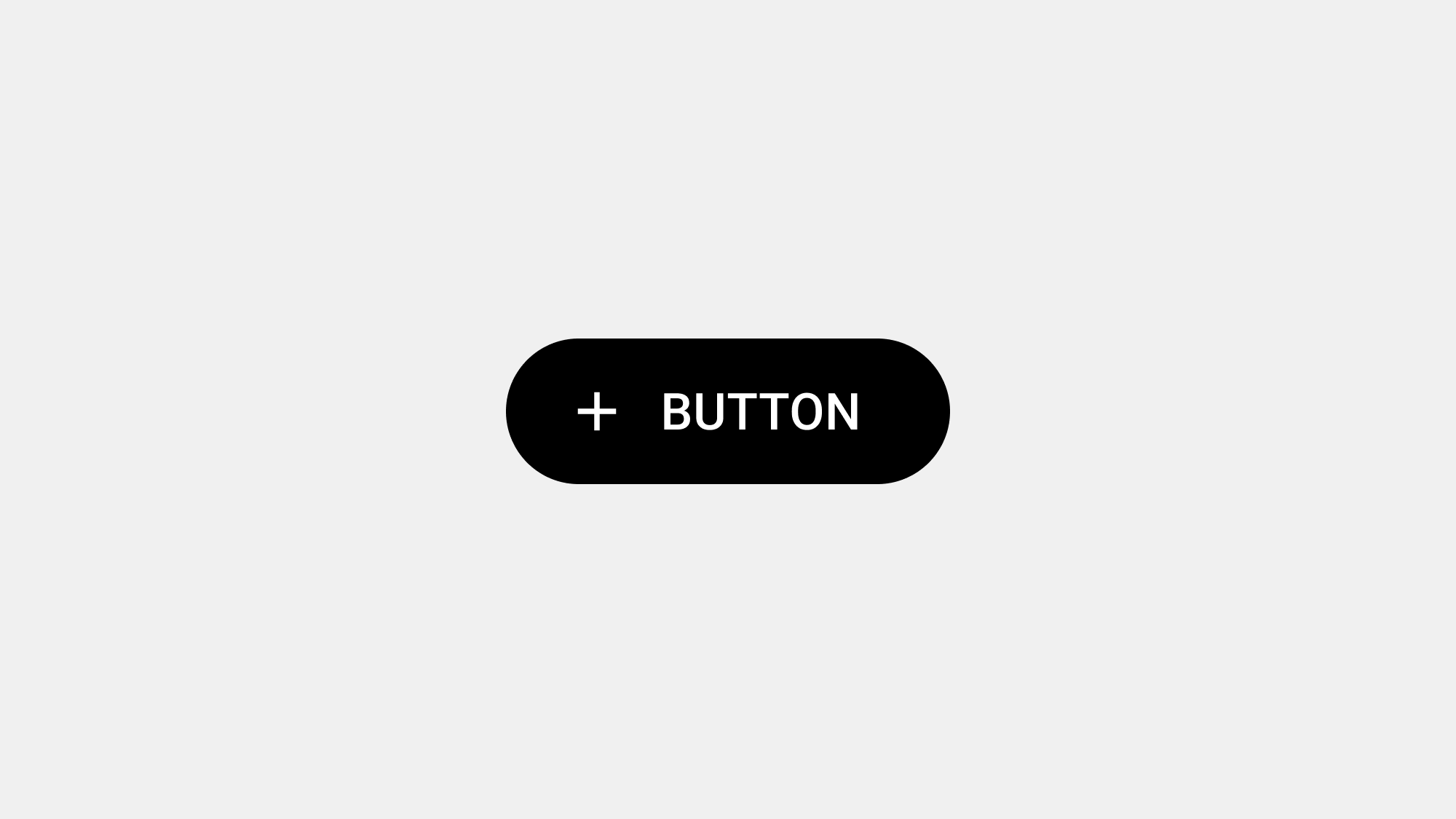Buttons are one of the most essential components in user interface design. They serve as the primary tools for user interaction, bridging the gap between user intentions and product functionality. In this comprehensive guide, we’ll dive deeper into the definition and role of buttons, their anatomy, types, and design best practices to enhance usability and elevate user experience.
What Is a Button?
A button is a graphical control element designed to prompt an action when clicked or tapped. It typically includes a combination of a label (text or icon) and a visual container that distinguishes it as interactive. While they may seem simple, buttons are critical to any interface’s functionality and design.
Defining Characteristics of Buttons:
- Interactive Nature: Buttons provide users with direct interaction by triggering specific actions.
- Visual Feedback: They communicate state changes through visual or tactile feedback, such as highlighting, color changes, or vibrations.
- Action-Oriented: Each button has a defined purpose, guiding users through tasks or workflows.
Buttons act as the connective tissue of an interface, enabling users to navigate, make decisions, and achieve their goals. A well-designed button can reduce cognitive load, improve accessibility, and ensure seamless interaction.
The Role of Buttons in User Interfaces
Buttons are not just functional elements; they are central to user experience. Their design, placement, and behavior directly impact how users perceive and interact with a product.
1. Facilitating Actions
The primary role of a button is to allow users to take action. Whether it’s submitting a form, adding an item to a cart, or navigating to another page, buttons translate user intent into system responses.
- Examples of Core Actions:
- Submitting data (e.g., “Submit”)
- Initiating processes (e.g., “Download”)
- Navigating to other areas (e.g., “Next”)
2. Guiding User Journeys
Buttons serve as signposts in the user journey, helping users move through tasks and workflows with clarity. Strategic button placement and design ensure users know what to do next.
- Example: In an e-commerce app, a primary button like “Checkout” guides users toward completing a purchase, while secondary buttons like “Continue Shopping” offer alternative paths.
3. Enhancing Accessibility
Buttons play a vital role in making digital interfaces accessible:
- They provide clear visual cues for interactive elements.
- With proper coding, buttons are readable by screen readers, making them usable for visually impaired users.
- Buttons with sufficient size and spacing ensure touch-friendly interfaces, especially on mobile devices.
4. Communicating Hierarchy and Importance
Through their visual design, buttons communicate the relative importance of actions. Primary buttons stand out to emphasize critical actions, while secondary or tertiary buttons support less prominent tasks.
- Example: A “Confirm” button may be bold and colorful to draw attention, while a “Cancel” button might appear muted to show it’s a secondary option.
5. Providing Feedback and Assurance
Buttons offer instant feedback when clicked, helping users understand the system’s response to their input. For example:
- A button changing color upon clicking reassures the user their action has been registered.
- Loading spinners or animations in a button can indicate a process is ongoing.
6. Maintaining Consistency Across Systems
Buttons act as a unifying design element. Consistent button styles, behaviors, and placements across an interface create a predictable and intuitive user experience.
- Example: If all primary actions use a specific color, users quickly learn to associate that color with essential tasks.
7. Building Brand Identity
Buttons contribute to the overall aesthetic of a product. Their style—rounded corners, colors, animations—can reflect the brand’s personality, reinforcing brand identity.
Why Buttons Are Indispensable
Without buttons, digital interfaces would lack clarity and usability. They are the touchpoints of interaction, ensuring users can execute tasks efficiently. A poorly designed button not only frustrates users but can also lead to task abandonment, affecting business outcomes.
Psychological Impact of Buttons
Buttons also play a psychological role in user interactions:
- Confidence Boosters: Well-designed buttons encourage users to proceed with tasks, creating a sense of accomplishment.
- Trust Builders: Buttons that provide clear feedback (e.g., changing states) foster trust in the interface.
For example, a “Buy Now” button that responds with immediate confirmation reassures users their purchase is being processed correctly.
The Evolution of Buttons
Buttons have evolved significantly since the early days of digital design:
- Early Interfaces: Buttons were simple, rectangular elements with minimal styling.
- Mobile and Touch Interfaces: With the rise of smartphones, button design adapted to touch interactions, focusing on size and spacing.
- Modern Design Systems: Today’s buttons are integral to design systems like Material Design, Fluent, and Human Interface Guidelines, ensuring consistency and scalability across devices.
Conclusion
Buttons are the backbone of user interface design, shaping how users interact with digital products. Their design and functionality significantly influence user satisfaction, task completion rates, and overall product success. By understanding their role and designing them with care, you can create interfaces that are both visually appealing and highly functional.
